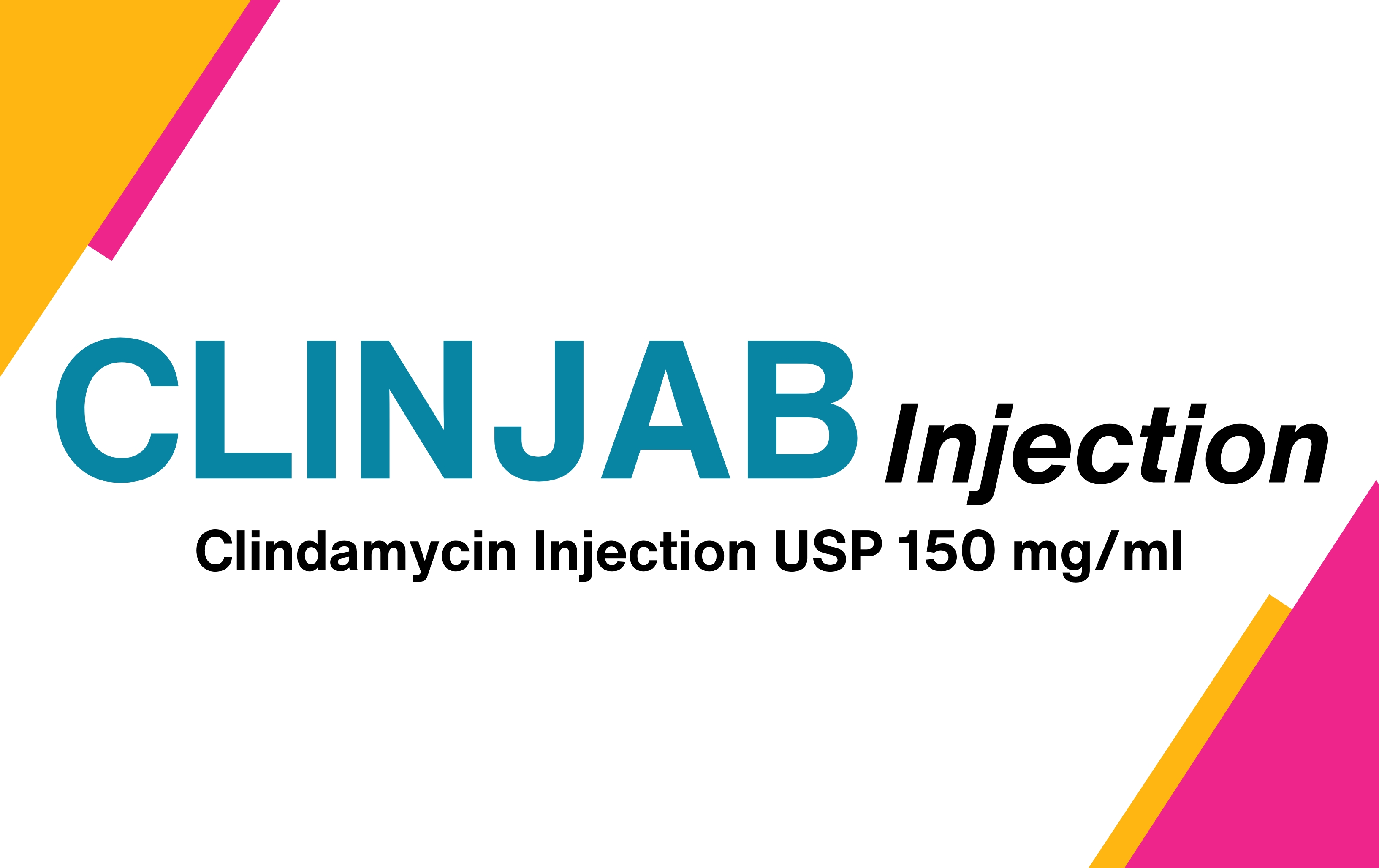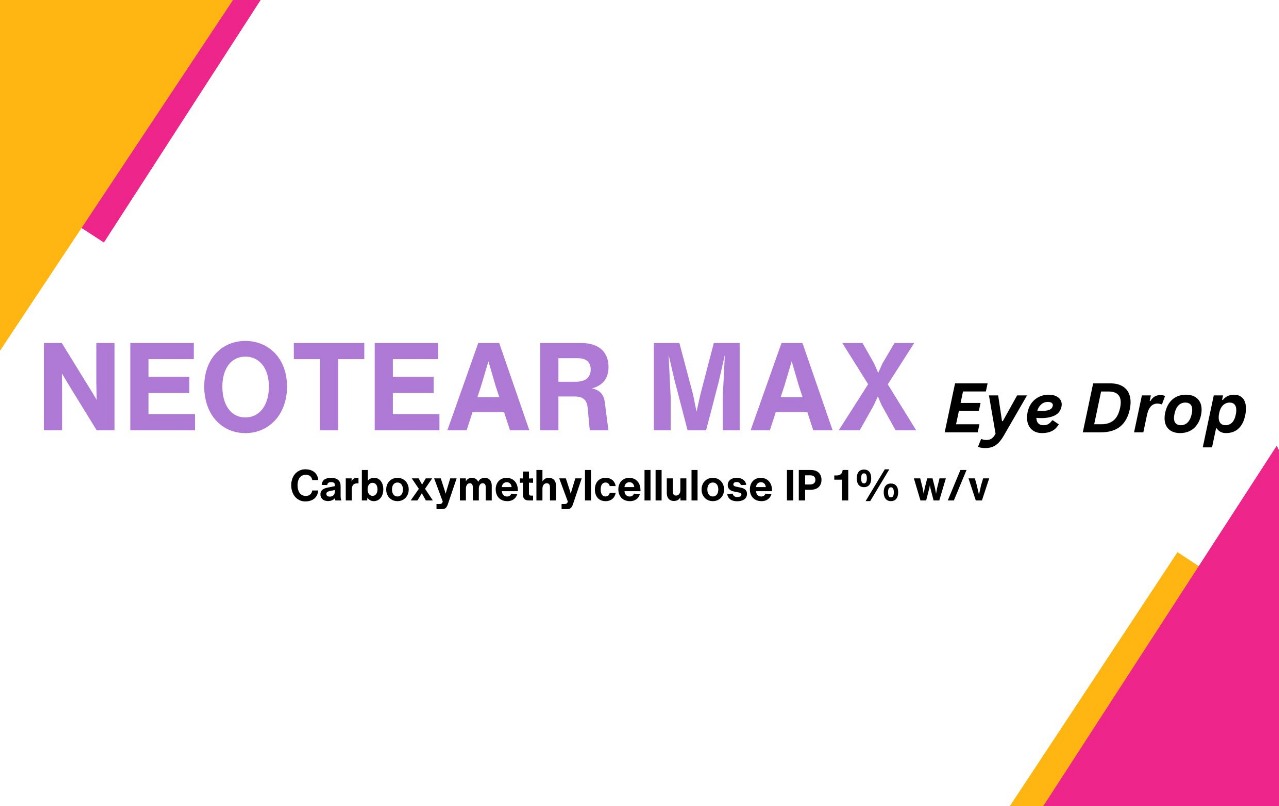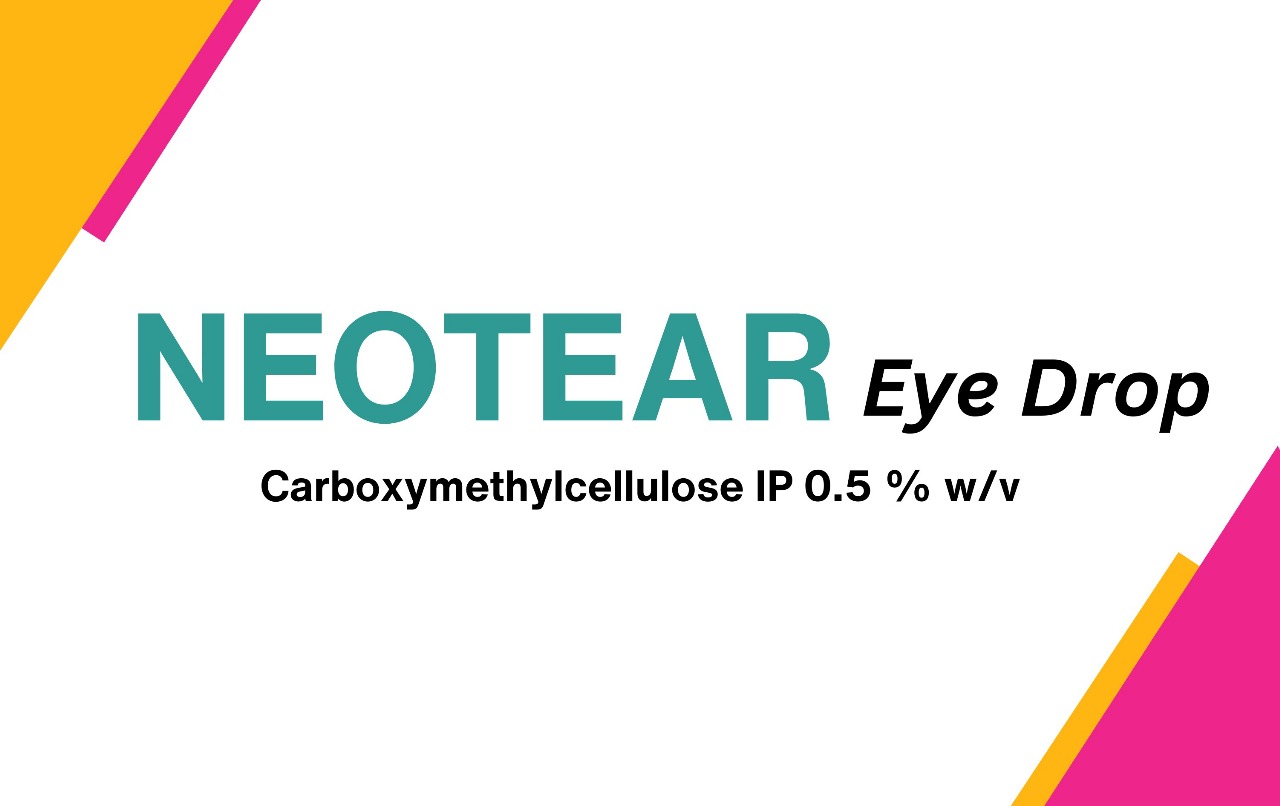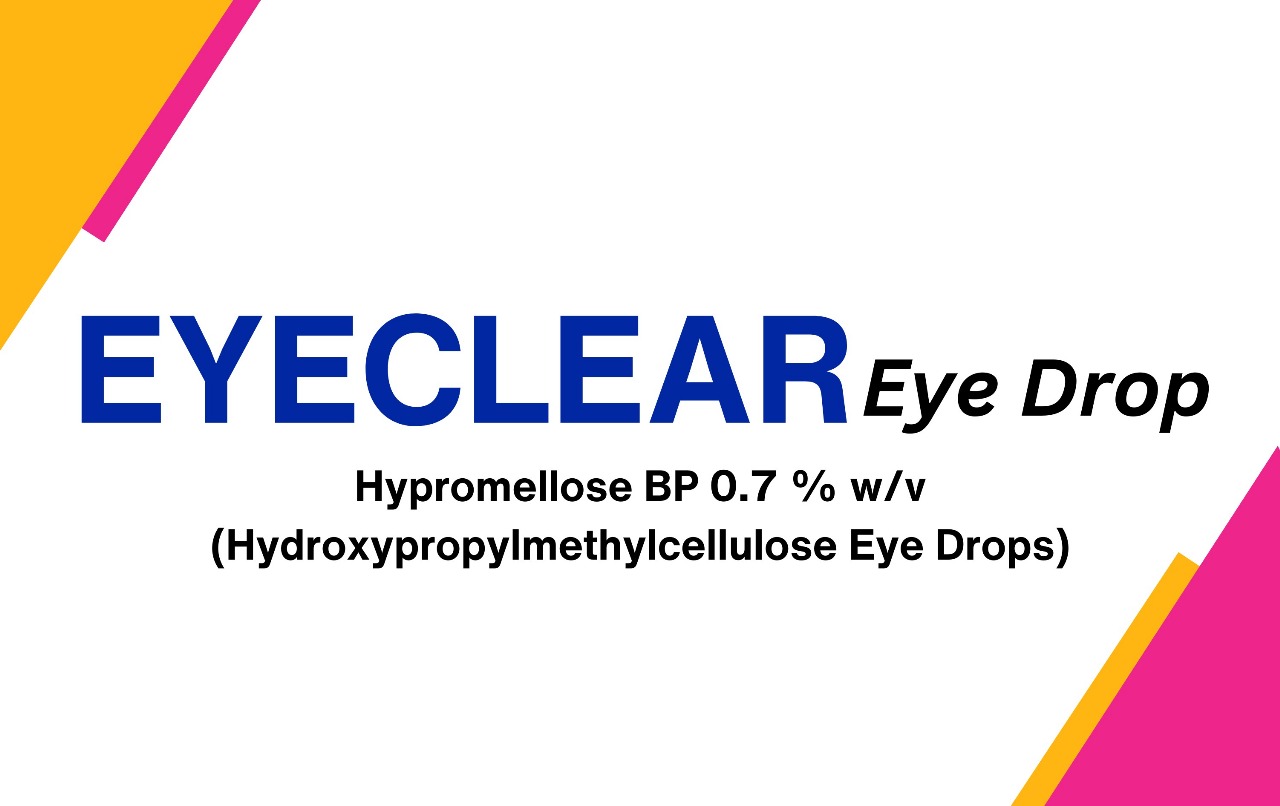Tobramycin Ophthalmic Solution USP 0.3 % w/v
COMPOSITION
Each ml contains:
Tobramycin USP 3 mg
Phenylmercuric Nitrate BP 0.001 % w/v
(as preservative)
Water for Injections BP q.s.
DESCRIPTION
A clear, colorless to slightly pale-yellow colored solution.
PHARMACODYNAMIC
Pharmacotherapeutic group: Anti-inflammatory agents and anti-infectives in combination, corticosteroids and anti-infectives in combination.
ATC code: S01C A01
Tobramycin is a potent, broad-spectrum, rapidly bactericidal aminoglycoside antibiotic. It exerts its primary effect on bacterial cells by inhibiting polypeptide assembly and synthesis on the ribosome. Tobramycin in this combination provides antibacterial protection against susceptible bacteria.
The following MIC breakpoints, separating susceptible from intermediate susceptible organisms, and intermediate susceptible from resistant organisms, are suggested: S (< 4 μ g/ml, R (> 8 μ g/ml). The prevalence of resistance may vary geographically and with time for selected species and local information on resistance is desirable, particularly when treating severe infections. As necessary, expert advice should be sought when the local prevalence of resistance is such that the utility of the agent in at least some types of infections is questionable. The following information gives only an approximate guidance on probabilities whether bacteria will be susceptible to tobramycin.
The breakpoint definitions classifying isolates as susceptible or resistant are useful in predicting clinical efficacy of antibiotics that are administered systemically. However, when the antibiotic is administered in very high concentrations topically directly on the site of infection, these breakpoint definitions may not be applicable. Most isolates that would be classified as resistant by systemic breakpoints are indeed successfully treated topically.
PHARMACOKINETICS
Animal studies have shown that tobramycin is absorbed into the cornea following ocular administration. Following systemic administration to patients with normal renal function, a plasma half-life of approximately 2 hours has been observed. Tobramycin is eliminated almost exclusively by glomerular filtration with little if any biotransformation. Plasma concentrations of tobramycin following the 2-day topical ocular regimen of Tobrasone/Tobradex were below the limit of quantification in most subjects or low (≤ 0.25 microgram/ml).
THERAPEUTIC INDICATION
Prevention and treatment of inflammation and prevention of infection associated with cataract surgery in adults and children aged 2 years and older.
DOSAGE AND ADMINISTRATION
As indicated by physician:
In mild to moderate disease, instill 1 to 2 drops into the affected eye(s) every 4 hours. In severe infections, instill 2 drops into the eye(s) hourly until improvement, following which treatment should be reduced prior to discontinuation.
TOBRACIN ophthalmic ointment may be used in conjunction with TOBRACIN ophthalmic solution.
Use in children
The safety and efficacy of TOBRACIN ophthalmic solution in children younger than 1 year of age have not been established.
Use in patients with hepatic or renal impairment
The safety and efficacy of TOBRACIN ophthalmic solution in patients with hepatic or renal impairment have not been established.
Use in elderly population
No overall clinical differences in safety or efficacy have been observed between the elderly and other adult populations.
Method of administration:
For ocular use.
Shake the bottle well before use. To prevent contamination of the dropper tip and suspension, care should be taken not to touch the eyelids, surrounding areas, or other surfaces with the dropper tip of the bottle. Keep the bottle tightly closed when not in use. After cap is removed, if tamper evident snap collar is loose, remove before using product.
Gently closing the eyelid (s) and nasolacrimal occlusion for at least 1 minute after instillation is recommended. This may reduce the systemic absorption of medicinal products administered via the ocular route and result in a decrease in systemic side effects.
In case of concomitant therapy with other topical ophthalmic medicinal products, an interval of 5 minutes should be allowed between successive applications.
Eye ointments should be administered last.
INSTRUCTION FOR USE
Apply TOBRACIN Eye Drops in the following way:
- Wash your hands. Tilt your head back and look at the ceiling.
- Gently pull the lower eyelid down until there is a small pocket.
- Turn the bottle upside down and gently press the bottle to release drops into eyes that needs treatment.
- Let go of the lower lid, and close your eye for 30 seconds.
- To avoid contamination, do not let the tip of dropper touch your eye or anything else.
- Replace and tighten the cap straight after use.
OVERDOSE
An ocular overdose of this eye drop may be rinsed out from the eye(s) with lukewarm tap water. Due to the characteristics of this preparation, no toxic effects are to be expected.
In the event of accidental ingestion of the content of one bottle. Clinically apparent signs and symptoms of an overdose of TOBRACIN Ophthalmic Solution (punctate keratitis, erythema, increased lacrimation, edema and lid itching) may be similar to adverse reaction effects seen in some patients.
CONTRAINDICATION
- Hypersensitivity to tobramycin or to any of the excipient used.
- Herpes simplex keratitis
- Vaccinia, varicella and other viral disease of the cornea and conjunctiva
- Mycobacterial infections of the eye caused by, but not limited to, acid-fast bacilli such as Mycobacterium tuberculosis, Mycobacterium leprae, or Mycobacterium avium.
- Fungal diseases of ocular structures or untreated parasitic eye infections.
- Untreated purulent infection of the eye.
WARNING AND PRECAUTIONS
- It is not for injection.
- Do not use the eye drop with contact lenses.
- Prolonged use of topic al ophthalmic corticosteroids (i.e. longer than the maximum duration used in clinical trials [24 days]) may result in ocular hypertension/glaucoma with resultant damage to the optic nerve and reduced visual acuity and visual fields defects and may also result in posterior subcapsular cataract formation.
- Visual disturbance may be reported with systemic and topical corticosteroid use.
PREGNANCY AND LACTATION
Pregnancy
There are no or limited amount of data from the topical ocular use of tobramycin in pregnant women. Tobramycin does cross the placenta into the fetus after intravenous dosing in pregnant women. Tobramycin is not expected to cause ototoxicity from in utero exposure.
Studies in animals have shown reproductive toxicity after systemic administration of tobramycin. These effects were observed at exposures considered sufficiently in excess of the maximum human ocular dosage delivered from the maternal use of the product.
Tobramycin is not recommended during pregnancy.
Breast-feeding:
Tobramycin is excreted in human milk after systemic administration. It is unknown whether tobramycin is excreted in human milk following topical ocular administration. It is not likely that the amount of Tobramycin would be detectable in human milk or be capable of producing clinical effects in the infant following topical use of the product.
A risk to the suckling child cannot be excluded. A decision must be made whether to discontinue breast-feeding or to discontinue/abstain from therapy taking into account the benefit of breast feeding for the child and the benefit of therapy for the woman.
DRUG INTERACTION
No clinically relevant interactions have been described with topical ocular dosing.
Concomitant use of topical steroids and topical NSAIDs may increase the potential for corneal healing problems.
ADVERSE EFFECTS
Ocular discomfort, ocular hyperaemia, ocular discomfort, ocular hyperaemia eye allergy, eye irritation, eyelids pruritus, Stevens-Johnson syndrome, erythema multiforme and rash.
PRESENTATION
TOBRACIN Eye Drops are supplied in 5 ml sterilized opaque plastic container with nozzle and cap
STORAGE AND OTHER INFORMATION
Store at temperature below 30 °C. Keep this medicine out of the sight and reach of children. Do not touch the dropper tip or other dispensing tip to any surface since this may contaminate the solution. Use the solution within one month after opening the container.









